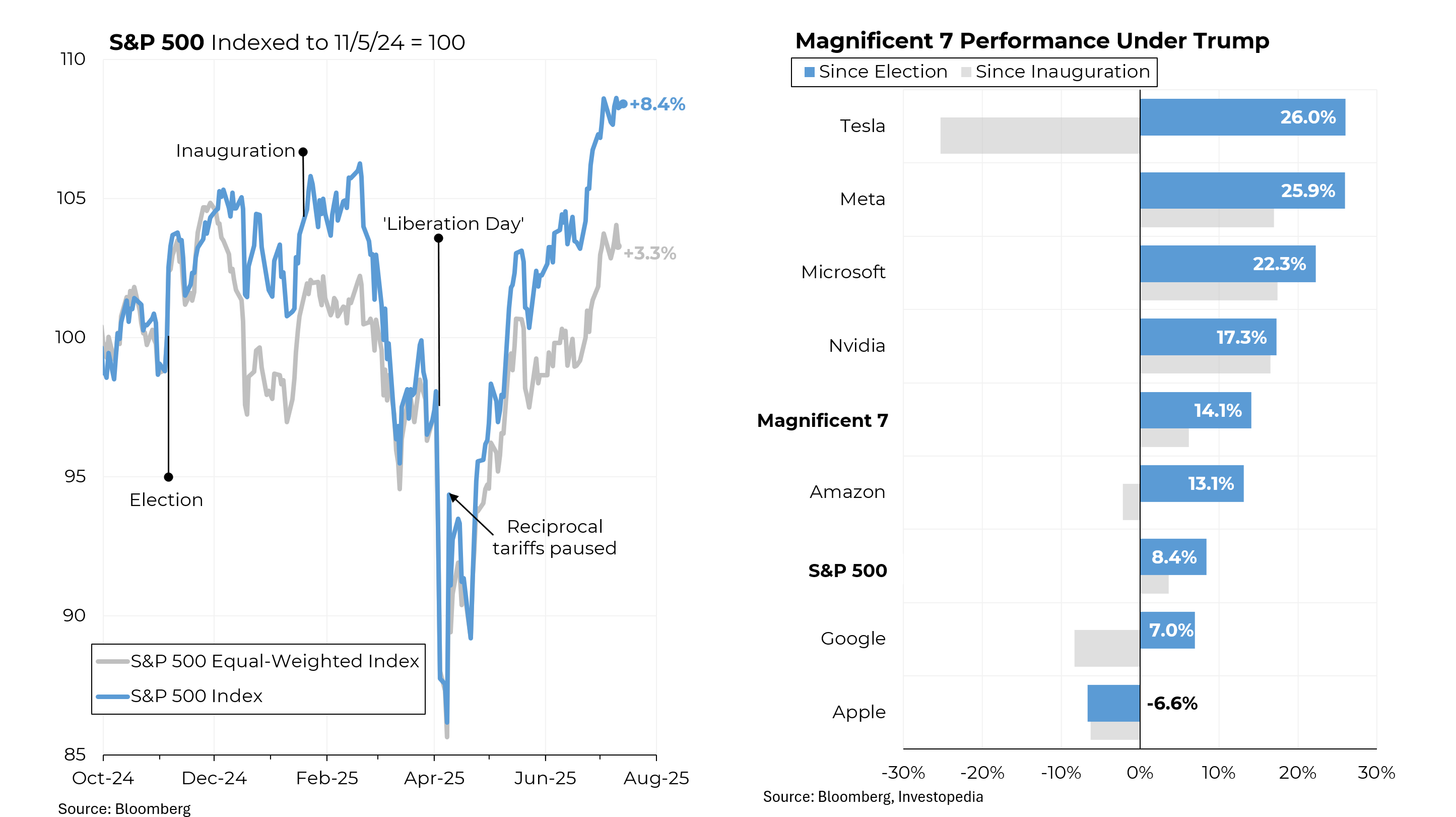President Trump is trying to pivot from investigations to policy but he may not find much happiness among his base as the impact of his proposals on them becomes clear. Let’s look at three examples:
The President wants to cut Medicaid spending in 2027 by half (from what it is currently projected to be.) But Medicaid disproportionately helps residents of rural America, who are also disproportionately Trump supporters. 45% of children in rural areas receive support from Medicaid, compared to 38% in urban areas. But Trump received 62% of the votes in rural areas, compared to 35% in urban areas.
Trump also plans major cuts in disability insurance, a part of the Social Security system. While many experts agree that the disability program is often abused, the Trump cuts will again affect his base disproportionately. This chart shows the six counties with the highest percentage of adults receiving disability payments and compares that to the percent of the vote received by Trump. In comparison, the national average of Americans receiving disability insurance is only 4.4%.
While the president’s massive tax cut proposal has not yet been scored (because the details have yet to be formulated), the roughly $900 billion of Obamacare-related taxes that the president wants to repeal as part of his health care “reform” have been analyzed. Cooperation with buy soma during last year shown us the quality both for their medicals and services. We have been ordering Soma from them, and the quality never let us down. As you know, it is used for short-term treating patients with insomnia. It is a prescription-only medical, so you always need to be aligned with the doctor while taking it. Virtually all the benefits of these reductions would go to the wealthy, particularly the top 1%. A typical Trump voter might receive $200 or $300, compared to an average of $37,230 for the top 1%. And that’s, of course, on top of reductions in benefits that would disproportionately hurt lower income Americans.
For the related Morning Joe video, please click here.








